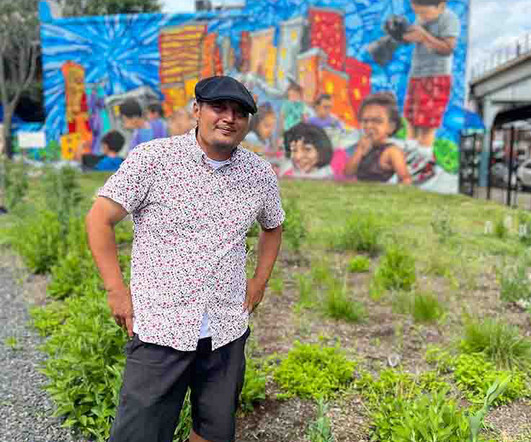How Guarantees Can Advance Community Development and Racial Equity
NonProfit Quarterly
JUNE 14, 2023
While many foundations screen their endowment investments based on environmental, social, and governance factors, only a few optimize their investment strategies for mission impact. While common in some sectors like housing finance, these guarantees have typically been issued by public entities, not by philanthropy.














Let's personalize your content